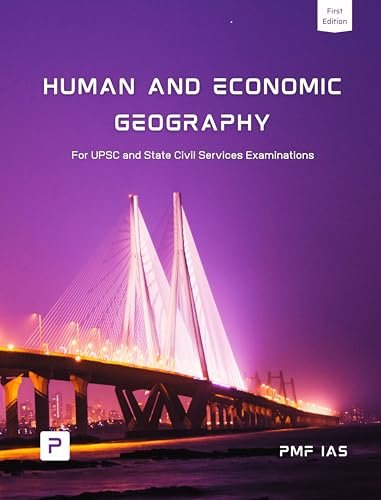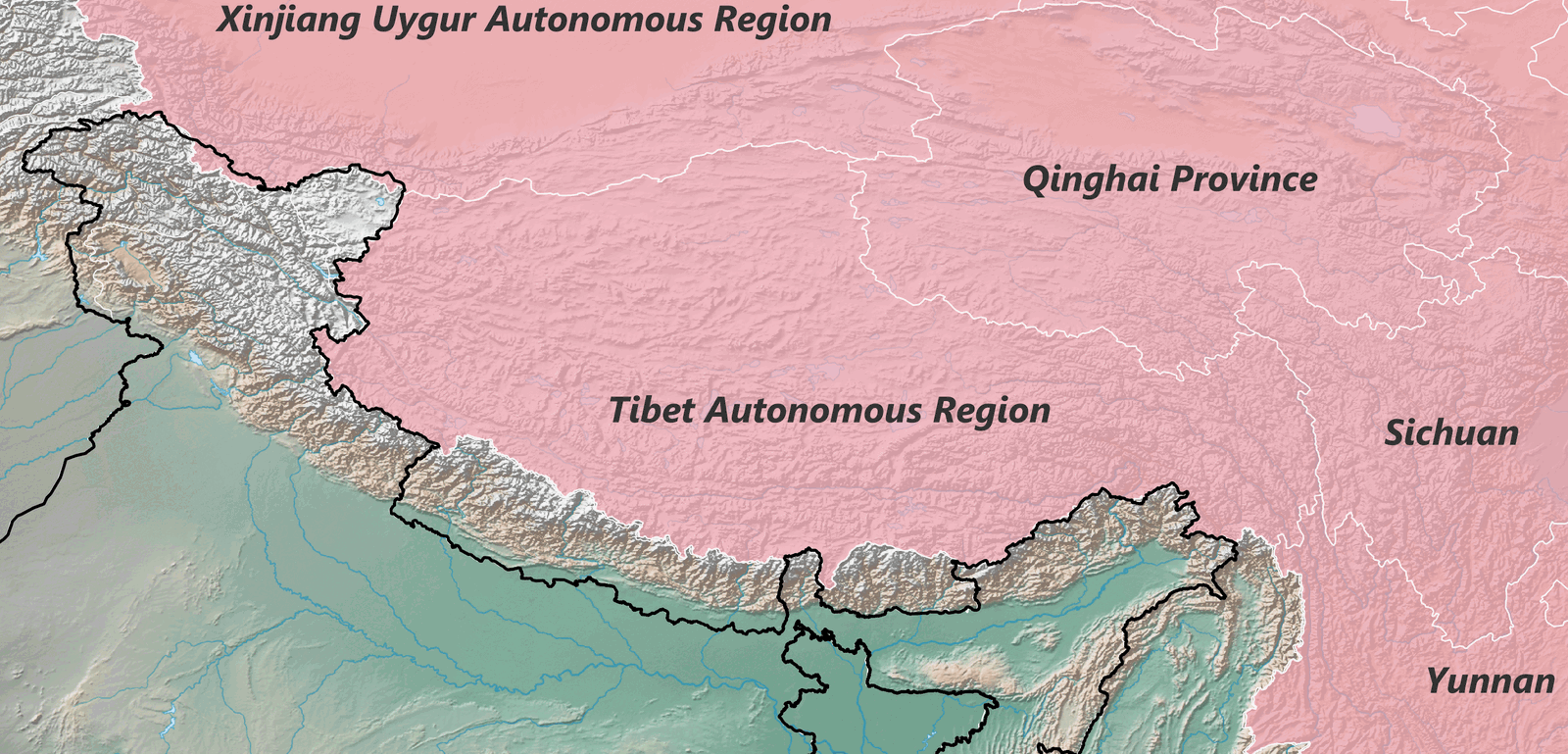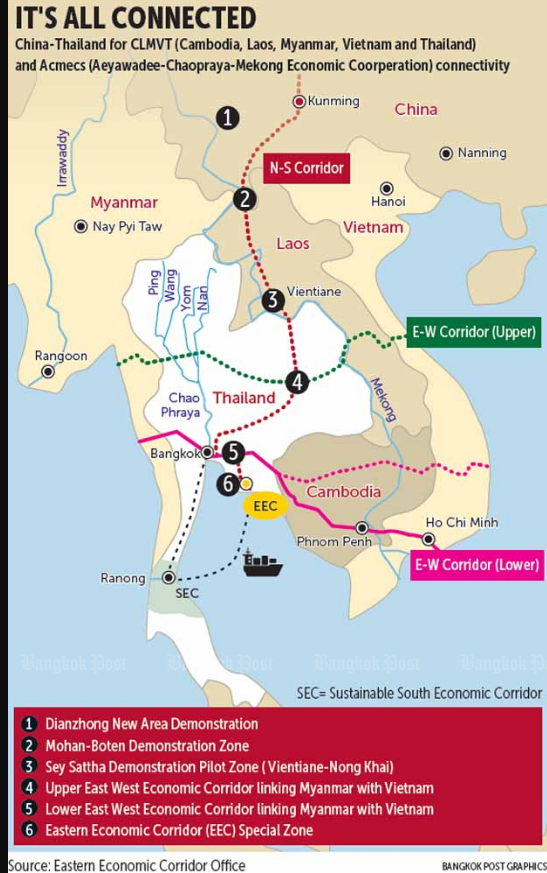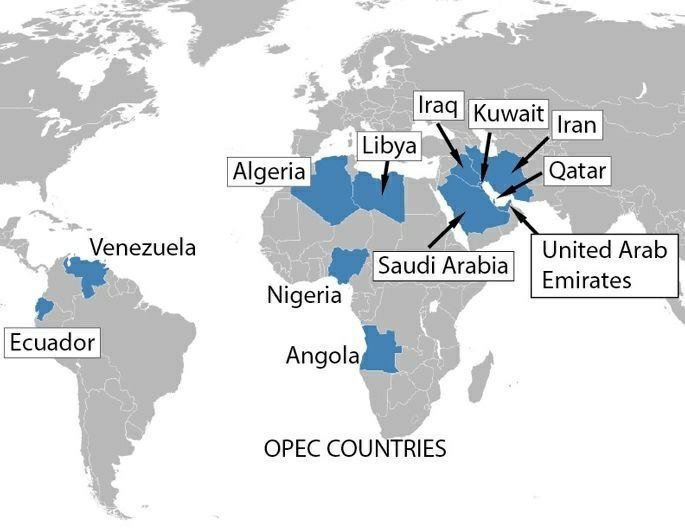
Non-Aligned Movement (NAM)
Subscribers of "Current Affairs" course can Download Daily Current Affairs in PDF/DOC
Subscribe to Never Miss an Important Update! Assured Discounts on New Products!
Must Join PMF IAS Telegram Channel & PMF IAS History Telegram Channel
- Context (LM): Recently, the 19th Non-Aligned Movement (NAM) summit was held in Kampala, Uganda.

- The Non-Aligned Movement (NAM) is a group of states that are not formally aligned with or against any major power bloc.
- It has been established based on the principles agreed at the Asia-Africa Conference held in Bandung (Indonesia) in 1955, (known as the “Ten Principles of Bandung”).
- It was founded in 1961, in Belgrade, Serbia, as a movement opposed to the East-West ideological confrontation of the Cold War.
- Founding fathers of the movement: Gamal Abdel Nasser of Egypt, Kwame Nkrumah of Ghana, Shri Jawaharlal Nehru of India, Ahmed Sukarno of Indonesia, and Josip Broz Tito of Yugoslavia.
- Objective of NAM: To ensure “the national independence, sovereignty, territorial integrity and security of non-aligned countries” in their struggle against imperialism, colonialism, neo-colonialism, racism, and all forms of foreign subjugation.
- At present, the NAM consists of 120 member countries that account for about 60% of the United Nations’ overall membership.
- NAM is without any formal administrative structures and without a budget.

Ten principles of Bandung
|
Achievements of NAM
- Focus on the 4Ds (Détente, Disarmament, Decolonisation and Development of Third World).
- Independent voice to the Global South, giving them the freedom to pursue their own agenda. E.g. it condemned racial discrimination and injustice and lent full support to the antiapartheid movement in South Africa and Namibia.
- The non-aligned declarations on nuclear testing and nuclear non-proliferation especially helped to concretise the 1963 Partial Test Ban Treaty.
- It also helped create several nuclear-weapon-free zones as well as formulate the Nuclear Non-proliferation Treaty.
- The tradition of ‘non-use of nuclear weapons’, or the ‘nuclear taboo’, was strengthened partially due to activism by the non-aligned countries at the UN.
- It has ended the monopoly of Western agencies over news dissemination services with the setting up of a non-aligned Newspool.
- NAM’s role in establishing world peace by solving various political conflicts such as the Korean War and the problems of Kampuchea, Vietnam, Congo, Iran, Iraq, Namibia, the Middle East, etc.
Failures of NAM
- Lack of collective action and collective self-reliance, and the non-establishment of an equitable international economic or information order.
- Inability in resolving the Arab-Israel conflict.
- Inability to halt the arms race, regional conflicts (Iran-Pakistan, Russia-Ukraine), etc.
Importance of NAM for India
- Support for India’s Candidature at UNSC.
- Safeguarding India’s Strategic autonomy: India can mobilize the larger constituency of developing countries & emerging economies for support on key issues – COVID, protectionism, UN reforms, etc.
- Crucial to the rise of India’s stature as the voice of the developing world or global south, facilitating south-south cooperation.
- Formation of a multipolar world with India becoming an independent pole in global affairs.
- India’s Opportunity to shape post-COVID world order with support from NAM.
Is NAM losing its relevance in current times?
Arguments in Favour
- NAM’s relevance was diluted with the end of Cold War and rise of a Multipolar world.
- Benign neglect: Even as NAM has continued to maintain its schedule of periodic meetings, there is a diminishing political commitment towards it.
- Perceived tilt towards big powers: Many member countries, including India, have strengthened their engagement with the developed world to secure capital, trade, technology, and markets.
- Fissures within NAM countries lead to difficulty in arriving at a consensus on various global issues leading to the raising of divisive issues, score-settling among members, etc.
- Increasing relevance of Alternative forums like G-20 and regional cooperation frameworks like BIMSTEC, ASEAN, SCO, RCEP, etc.
- NAM a mere ‘talk shop’: Since a majority of the members are developing nations, inability to command adequate power to enforce their decisions on resource-rich developed nations.
Argument Against
- NAM members represent 2/3rd of the UN Membership and commands voice against any international hegemony to dominate smaller states. E.g. voice against unequal world economic order, reforms of Multilateral institutions (UN, WTO, etc.).
- Collective position: NAM members coordinate with one another during debates, giving them a huge bargaining power on various global issues such as Climate change, poverty eradication, globalisation, protecting trade interests of developing countries at WTO, etc.
- Relevance in the wake of the new ‘Two Front’ Cold War unfolding between US-China and US-Russia.
- Neo-colonialism: NAM still remains a strong pillar of support for developing nations fighting against racism, occupation and neo-colonialism. E.g. occupation of Palestine; ‘Debt trap Diplomacy’ faced by African and Asian nations at the hands of China etc.
- Reinforcing strategic autonomy: Even as developing countries have strengthened their engagements with the developed ones, the threat of ‘arm twisting’ is apparent. E.g. Controlling the right to peaceful use of nuclear energy, restricting access to technologies via IPR clauses, etc.
- Focus on Peace: Bandung principles on peace and development still hold relevance as Armed conflicts continue to rage in Iraq, Libya, Syria, Yemen, Ukraine etc. and challenges of Terrorism, ethnic violence, refugee issues, etc. persist.
Revitalising NAM: The Way Ahead
- Meeting unrealized long-standing goals of the Movement, i.e. Peace, development, economic cooperation, and the democratization of international relations.
- Taking on New challenges of the interconnected world thrown up by Climate change, extremism, aggressive nationalism, terrorism, refugee crises, etc., and aligning efforts with SDG goals.
- Greater push for reforms in Multilateral institutions like the UN, IMF, WTO, etc to enable them to tackle 21st century challenges.
- Effectively meeting security challenges of terrorism, cyber security, weapons of mass destruction (WMD), universal nuclear disarmament, drug trafficking, organized crime, etc.




![PMF IAS Environment for UPSC 2022-23 [paperback] PMF IAS [Nov 30, 2021]…](https://pmfias.b-cdn.net/wp-content/uploads/2024/04/pmfiasenvironmentforupsc2022-23paperbackpmfiasnov302021.jpg)











